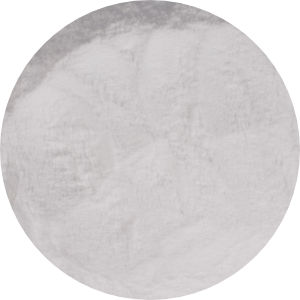Maltodextrin
| Type: | Adjunct |
|---|---|
| Category | Sugar |
Description

Maltodextrin is a commercially produced substance, manufactured in a powder form, that is added to beer to increase the level of dextrins that are non-fermentable. They are flavorless, colorless, and non-caloric, but contribute to the body of the beer, as well as its mouthfeel and head retention. Maltodextrin does not contribute any significant sweetness to a beer. Typical usage is between 0.8-1.6 oz per gallon. For best results, add during hot side process – ideally to the kettle, or at least prior to cooling.
Maltodextrin Brewing Values
These are the common ranges that we've seen with Maltodextrin over the years. Each manufacturer can have slightly different qualities, so these ranges are based on a combination and average.
| SRM SRM is a scale for measuring the color intensity of a beer. Low SRM values indicate a pale straw color while higher values mean the style should have a darker color. Learn more » |
0 SRM (0° Lovibond) |
|---|---|
| Diastatic Power Diastatic power (DP) is a measurement of a malted grain's enzymes, which are responsible for converting the grain's starches into sugar during mashing. |
|
| PPG PPG measures the maximum starting gravity (SG) of the fermentable in points/pound/gallon. This can differ based on your mash efficiency and the amount of wort collected. |
40 ppg (1.040 SG) |
| Batch Max Certain grains and adjuncts should only be used below a maximum percentage of the grain bill. Exceeding this can cause off flavors or poor mash efficiency. |
5% |
If you see an error in our data, please let us know!
We are not affiliated with any grain manufacturer. All copyrights and data are provided by their respective owners.